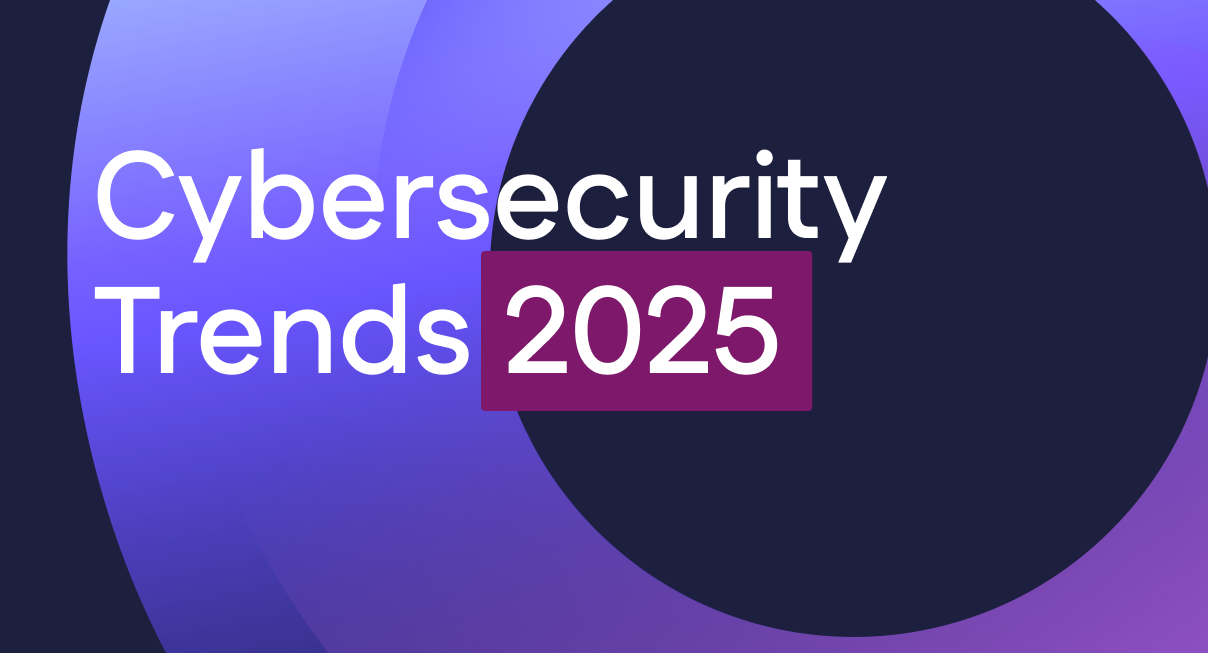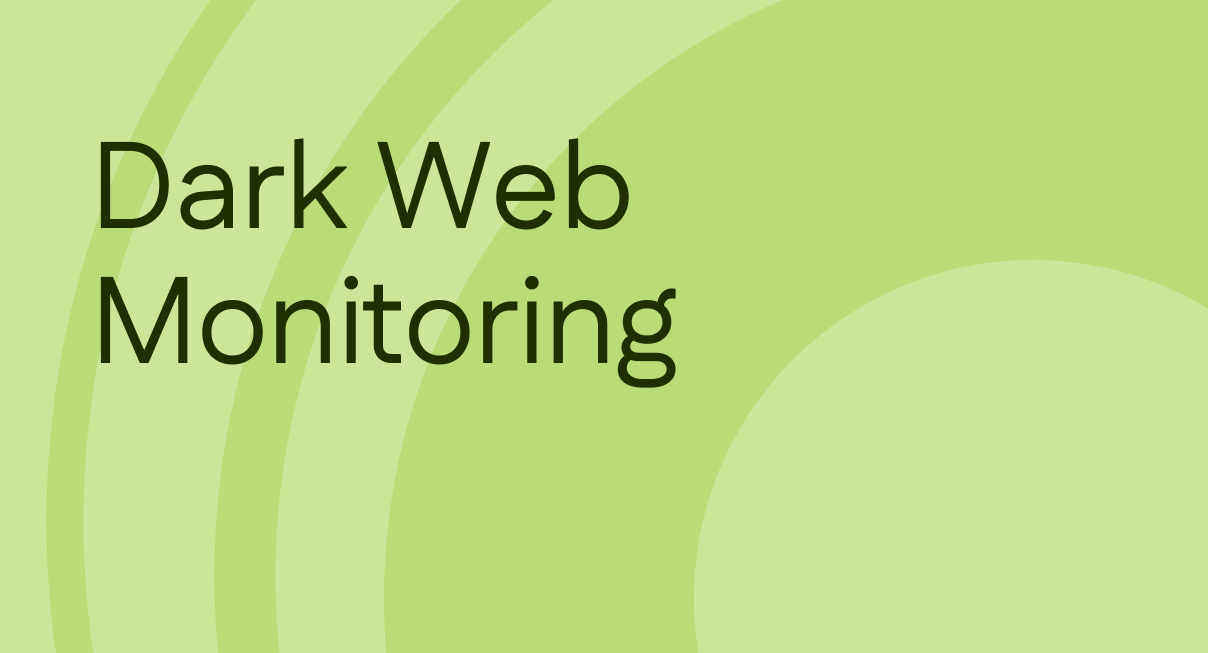Five Cloud Security Challenges and How to Overcome Them
The cloud has revolutionized how businesses operate, offering unparalleled scalability, agility, and cost-effectiveness. However, migrating to the cloud also introduces a host of security concerns. Cloud security covers the practices and technologies deployed to safeguard sensitive data, applications, and infrastructure hosted within cloud environments.

In this blog post, we’ll delve into the key challenges organizations face in securing their cloud deployments. We’ll explore issues like data sprawl, the ease of sharing and remote access, the need for robust cloud data governance, and the ever-present threat of insider attacks. We’ll also unpack emerging concerns like API security, where improperly secured application programming interfaces can become gateways for attackers. Misconfiguration issues, arising from human error or a lack of cloud expertise, can leave gaps in your defenses. And the rise of shadow IT, where employees utilize unauthorized cloud services, can create hidden vulnerabilities.
By understanding these challenges and implementing effective cloud security strategies, organizations can harness the power of the cloud with confidence, ensuring their valuable data remains protected. Stay tuned as we explore these issues in detail and provide actionable steps to fortify your cloud security posture.
Misconfiguration
One of the top causes of data breaches in cloud environments is misconfiguration – errors made during the setup or ongoing management of cloud security settings. This vulnerability stems from several key factors:
- Difficulty adapting to new security requirements (compared to on-prem computing): Cloud platforms are designed for ease of use and streamlined data sharing. This flexibility, however, can make it difficult for organizations to ensure that only authorized users have access to sensitive data. Traditional security measures built around physical infrastructure may not translate seamlessly to the cloud.
- Shared responsibility model – Confusion about who is responsible for cloud security settings: Unlike traditional on-premises IT infrastructure, organizations using cloud services don’t have complete control over the underlying infrastructure. Security control management is split between the cloud service consumer and the Cloud Service Provider (CSP) under the shared responsibility model. This can create a gap, where organizations rely on the expertise of the CSP but are often unaware of their own responsibility for configuring and securing their specific cloud deployments.
- Multi-Cloud Complexity and lack of internal expertise: Securing cloud infrastructure requires a different skillset compared to on-premises systems. Many organizations lack the internal expertise to properly configure cloud security settings. Additionally, the prevalence of multi-cloud deployments, where an organization utilizes services from multiple providers, adds another layer of complexity. Each cloud provider offers its own set of security controls with distinct features and configurations. Managing security across these disparate platforms can be overwhelming, and even a single misconfiguration in one cloud environment can leave an organization vulnerable.
- Evolving cloud services and constant learning: Cloud service providers are constantly adding new features and functionalities. This ongoing evolution means that the security settings themselves are constantly changing and expanding. Organizations need to stay up-to-date on these changes and adapt their security configurations accordingly.
Until organizations become more proficient in securing their cloud environments and adapt to the ever-changing landscape, attackers will continue to exploit these vulnerabilities. A comprehensive cloud security strategy that addresses these challenges is crucial for protecting sensitive data in the cloud.
Preventing cloud security incidents related to misconfigurations
- Enforce Least Privilege Access: The principle of least privilege dictates that users and systems should only have the minimum level of access required to perform their tasks. This minimizes the potential damage if a misconfiguration grants unauthorized access. Here’s how to enforce least privilege:
- Role-Based Access Control (RBAC): Define clear roles for cloud users with specific permissions aligned with their needs. This ensures users don’t have access to resources or functionalities they don’t require.
- Just-in-Time (JIT) Provisioning: Grant access to resources only when needed and for a limited duration. This reduces the window of opportunity for attackers to exploit misconfigurations that grant unauthorized access.
- Continuous Monitoring and Logging: Proactive monitoring is crucial for identifying and addressing misconfigurations before they can be exploited. Here are key practices:
- Security Information and Event Management (SIEM): Implement a SIEM solution to collect and analyze security logs from various cloud resources. This allows for centralized monitoring and identification of suspicious activity that might indicate misconfigurations.
- Configuration Change Monitoring: Monitor changes made to cloud configurations and resources. This allows for quick detection of unauthorized or accidental modifications that could introduce vulnerabilities.
- Security Awareness Training: Educating employees about cloud security best practices is essential. This includes training on how to identify and avoid phishing attempts, social engineering tactics, and the importance of following secure coding practices when developing cloud-based applications. By raising awareness, employees become a valuable line of defense against misconfiguration risks.
Shadow IT
Shadow IT refers to the use of cloud-based applications and services by employees without the formal approval or oversight of the IT department. Here’s how this practice can lead to security compromises:
- Bypassing Security Controls: Traditional IT procedures involve vetting cloud services for security vulnerabilities before deployment. Shadow IT circumvents these safeguards, potentially introducing untested and unsecure applications into the cloud environment. This creates an easy breach point for attackers.
- Unmanaged Growth: The ease of use with cloud services allows users to quickly provision resources like storage and compute power. This rapid deployment, while convenient, can make it difficult for IT to track, manage and secure all cloud assets.
- Agile DevOps Practices: The challenge is compounded by DevOps practices, which emphasize speed and agility in development and deployment. While DevOps teams value efficiency, security teams require visibility and control to ensure those deployments are secure. Finding a way to provide DevOps teams with the agility they need while still maintaining security is crucial.
Bridging the Gap: Working Together for Cloud Security
Mitigating the risks of shadow IT requires collaboration between IT, security, and DevOps teams. Here are some key strategies:
- Streamlined Security Approval Process: IT can streamline the approval process for cloud services to minimize the need for shadow IT solutions. Think of creating a clear and efficient path for secure cloud service adoption.
- Visibility and Control Tools: Implementing cloud security posture management (CSPM) tools can provide IT and security teams with better visibility into all cloud resources, including those created through shadow IT. Imagine having a complete inventory of everything in your cloud environment – this allows for better management and control.
- DevSecOps Integration: Fostering a DevSecOps culture emphasizes security throughout the development lifecycle. By integrating security considerations into the DevOps workflow, security becomes a seamless part of the process, not a hindrance.
- Security Awareness Training: Educating employees about the security implications of shadow IT and the benefits of using approved cloud services can encourage responsible cloud adoption. Think of teaching everyone about cybersecurity best practices to build a strong collective defense.
By creating policies for all the teams to work together and implementing these strategies, organizations can leverage the benefits of cloud computing while minimizing the security risks associated with shadow IT.
API Misuse
Cloud Service Providers (CSPs) offer a variety of Application Programming Interfaces (APIs) to their customers. These APIs act as gateways, allowing applications to interact with cloud services and share data. While well-documented APIs make them user-friendly for legitimate purposes, this very openness can create security vulnerabilities. Here’s how API misuse can lead to cloud security compromises:
- Exploiting Public Documentation: Attackers can leverage the same documentation designed to help users understand and utilize APIs. This documentation can provide a roadmap for identifying and exploiting weaknesses in an organization’s cloud security posture. Just like studying a building’s blueprints can help a burglar plan a heist, API documentation can give attackers valuable insights into potential access points.
- Shadow APIs: The Unseen Threat: The ease of use inherent in cloud environments can lead to the creation of “shadow APIs.” These are APIs developed and used within an organization without proper oversight or security controls. Imagine a backdoor built into your cloud infrastructure – that’s essentially what a shadow API can be. Since these APIs may not be officially documented or monitored, they create hidden vulnerabilities that attackers can exploit to gain access to sensitive data.
- Human Error: Accidental human error can also play a role in API misuse. Employees or authorized users might inadvertently expose APIs to the public internet without realizing the security implications. Think of leaving your front door unlocked – a simple mistake with potentially devastating consequences. Organizations need strong access controls, strict policy implementation, and security awareness training to mitigate this risk.
Securing Your APIs: Balancing Usability and Security:
The key to mitigating API-related security risks lies in striking a balance between usability and security. Organizations can achieve this by:
- Implementing Access Controls: Restrict access to APIs using strong authentication and authorization mechanisms. This ensures that only authorized users and applications can interact with APIs.
- Monitoring API Activity: Continuously monitor API activity to identify any suspicious behavior or unauthorized access attempts. Early detection is crucial for containing a potential security breach.
- Limiting Public Exposure: Minimize the number of APIs exposed directly to the public internet. For APIs that require external access, implement additional security measures like rate limiting and web application firewalls.
- Security Awareness Training: Educate employees about the security implications of APIs and best practices for secure usage.
By taking these steps, organizations can leverage the benefits of APIs while minimizing the risk of cloud security compromise. Remember, a secure cloud environment is a collaborative effort, requiring proactive measures from both the CSP and its customers.
Cloud Data Sprawl
When it comes to data protection, the cloud presents a unique set of challenges for organizations. Here’s a breakdown of why securing data in the cloud can be complex:
- Data sprawl: Cloud environments encourage rapid data creation and storage. This ease of use can lead to “data sprawl” – the uncontrolled proliferation of data across various cloud services and applications. Finding specific data and ensuring its security becomes a major challenge.
- Unlimited Shareability: Collaboration is a hallmark of cloud computing, making it easy to share data with colleagues, partners, and third parties. While beneficial, this inherent shareability can create security risks if access controls are not properly configured. Think of a document with open permissions – anyone can access and potentially misuse it. Organizations need clear policies and tools to manage data sharing securely.
- Borderless Access: Unlike traditional on-premises data centers with defined perimeters, cloud-based data is accessible from anywhere with an internet connection. Malicious actors can potentially exploit vulnerabilities in remote access protocols or user credentials to gain unauthorized access to sensitive data. Securing access points and user authentication are crucial for cloud data protection.
- Data Governance Gap: Many organizations struggle to adapt their existing data governance policies to the cloud environment. Traditional policies may not address the nuances of cloud security, such as data residency regulations or encryption practices specific to cloud providers. Developing and enforcing comprehensive data governance policies specific to cloud data is essential.
- Insider Threats: Unfortunately, even authorized users can pose a threat to data security. Accidental data breaches caused by human error or malicious insiders can be just as damaging as external attacks. Security awareness training and robust access controls are crucial for mitigating these risks.
Securing Cloud Data with a Comprehensive Cloud Security Strategy
While these challenges are significant, they are not insurmountable. By implementing a comprehensive cloud data protection strategy, organizations can leverage the power of the cloud while safeguarding sensitive information. Here are some key steps to consider:
- Cloud Data Classification and Cataloging: Identify and classify sensitive data to understand its risk profile and prioritize security measures. Think of labeling all the valuable items in your library for better organization and protection.
- Encryption at Rest and in Transit: Encrypt data both at rest (stored in the cloud) and in transit (being transferred) to ensure its confidentiality even if compromised.
- Identity and Access Management (IAM): Implement robust IAM controls to restrict access to data based on the principle of least privilege.
- Continuous Monitoring and Threat Detection: Continuously monitor cloud environments for suspicious activity and deploy threat detection tools to identify and mitigate potential breaches.
- User Education and Training: Educate employees about cloud security best practices and how to identify and avoid phishing attempts or social engineering tactics. Think of teaching everyone how to spot suspicious activity and keep the data safe.
Unauthorized Access
One of the fundamental differences between traditional on-premises IT infrastructure and cloud environments is the accessibility factor. On-premises systems typically reside within a secure network perimeter, shielded from direct access by the public internet. Cloud-based deployments, however, are designed for accessibility – employees and authorized users can access resources from anywhere with an internet connection. While this ease of access is a major benefit of cloud computing, it also presents a significant security challenge.
Adversaries can leverage several methods to gain unauthorized access to cloud environments:
- Exploiting Misconfigurations: As discussed previously, misconfigurations in cloud security settings are a leading cause of breaches. These misconfigurations can leave vulnerabilities that attackers can exploit to gain access to sensitive data or systems.
- Compromised Credentials: Another common attack vector involves compromised user credentials. Phishing emails, social engineering tactics, or even malware can be used to steal login information. Attackers can also purchase compromised credentials from access brokers. Once attackers have valid credentials, they can log in as legitimate users and gain access to cloud resources.
- Brute-Force Attacks: In some cases, attackers may attempt to gain access through brute-force attacks, where they systematically try different combinations of usernames and passwords until they find a valid one. Cloud environments can be particularly vulnerable to these attacks if strong password policies are not enforced.
The consequences of a successful attack on a cloud environment can be devastating. Adversaries may steal sensitive data, disrupt critical operations, or even launch further attacks from within the compromised cloud infrastructure. The ease of access and the potential for widespread damage make unauthorized access to cloud environments a major security threat.
Identity and Access Management (IAM) for Cloud Environments
To mitigate these risks, organizations need to implement robust Identity and Access Management (IAM) practices. IAM focuses on controlling access to cloud resources by ensuring that only authorized users have access to the data and systems they need to perform their jobs. This involves:
- Role-Based Access Control (RBAC): Defining clear roles for cloud users based on their specific needs and responsibilities. Each role should have the minimum level of access required to perform its designated tasks.
- Privileged Access Management (PAM): Implementing additional security measures for users with privileged access – those who have access to highly sensitive data or systems. This may involve multi-factor authentication, regular credential rotation, and monitoring privileged user activity.
- Least Privilege Principle: Following the principle of least privilege, which grants users only the minimum level of access required to perform their jobs. This minimizes the potential damage if an attacker gains access to a user’s credentials.
By acknowledging the challenges and taking proactive measures, organizations can navigate the complexities of cloud data protection and unlock the full potential of cloud computing in a secure and responsible manner.
Latest updates
View allTurn risk and compliance into revenue
Get a Demo








